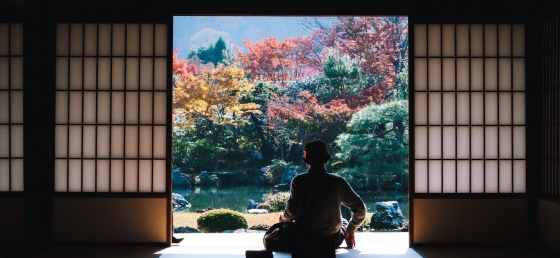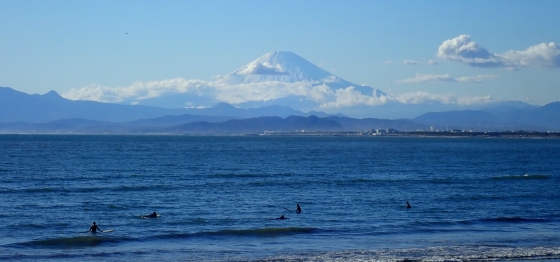Uonuma Weather and Climate: A Comprehensive Guide
The climate in Uonuma is marked by big temperature swings throughout the year.
Temperatures range from warm during the warmest months
to cold in the cooler months.
It also has a relatively rain/snowy climate with high levels of precipitation.
Let’s explore the climate details in depth to provide you with a complete overview.
Average maximum day and minimum night temperature
In Uonuma, temperatures differ significantly between summer and winter months. On average, daytime temperatures range from a comfortable 30°C in August to a chilly 3°C in January.
Nighttime temperatures can drop, with average lows reaching -3°C in January. Check out our detailed temperature page for more information.Temperature ranges by month
Precipitation and rainy days
Uonuma experiences significant rain/snowfall throughout the year, averaging 2513 mm of precipitation annually. The amount of precipitation varies moderately throughout the year. The wettest month, January, sees around 288 mm of snow/rainfall, perfect for those who enjoy a bit of snow/rain now and then. The driest month, April, still receives a respectable 148 mm of rainfall.The mean monthly precipitation over the year, including rain, hail and snow
Sunshine over the year
In Uonuma, summer days are longer and more sunny, with daily sunshine hours peaking at 6.4 hours in August. As the darker season arrives, the brightness of the sun becomes less. January sees a soft sun for only 1.6 hours per average day. Visit our detailed sunshine hours page for more information.Monthly hours of sunshine
Daily hours of sunshine
broken clouds and chance of snow overcast and snow partly cloudy and slight snowForecast for Uonuma
Select a Month of Interest
Check the conditions for any month of the year.
The best time of year to visit Uonuma in Japan
During the months of May, June and September you are most likely to experience good weather with pleasant average temperatures that fall between 20°C and 26°C.The average rainfall figures in Uonuma are quite high. Throughout the year, you have a chance of prolonged precipitation. So no matter what time of year you go, you will always have to deal with a high number of rainy days. This makes it more challenging to point out the best time of year to visit. If we needed to pick one month we would choose August which is the sunniest month of the year.
Other facts from our historical weather data:
The hottest season / summer takes place in June, July, August and September.
August has an average maximum temperature of 30°C and is the warmest month of the year.
The coldest month is January with an average maximum temperature of 3°C.
January tops the wettest month list with 288 mm of rainfall.
April is the driest month with 148 mm of precipitation.
August is the sunniest month with an average of 193 hours of sunshine.
No idea where to travel to this year? We have a tool that recommends destinations based on your ideal conditions. Find out where to go with our weather planner.




